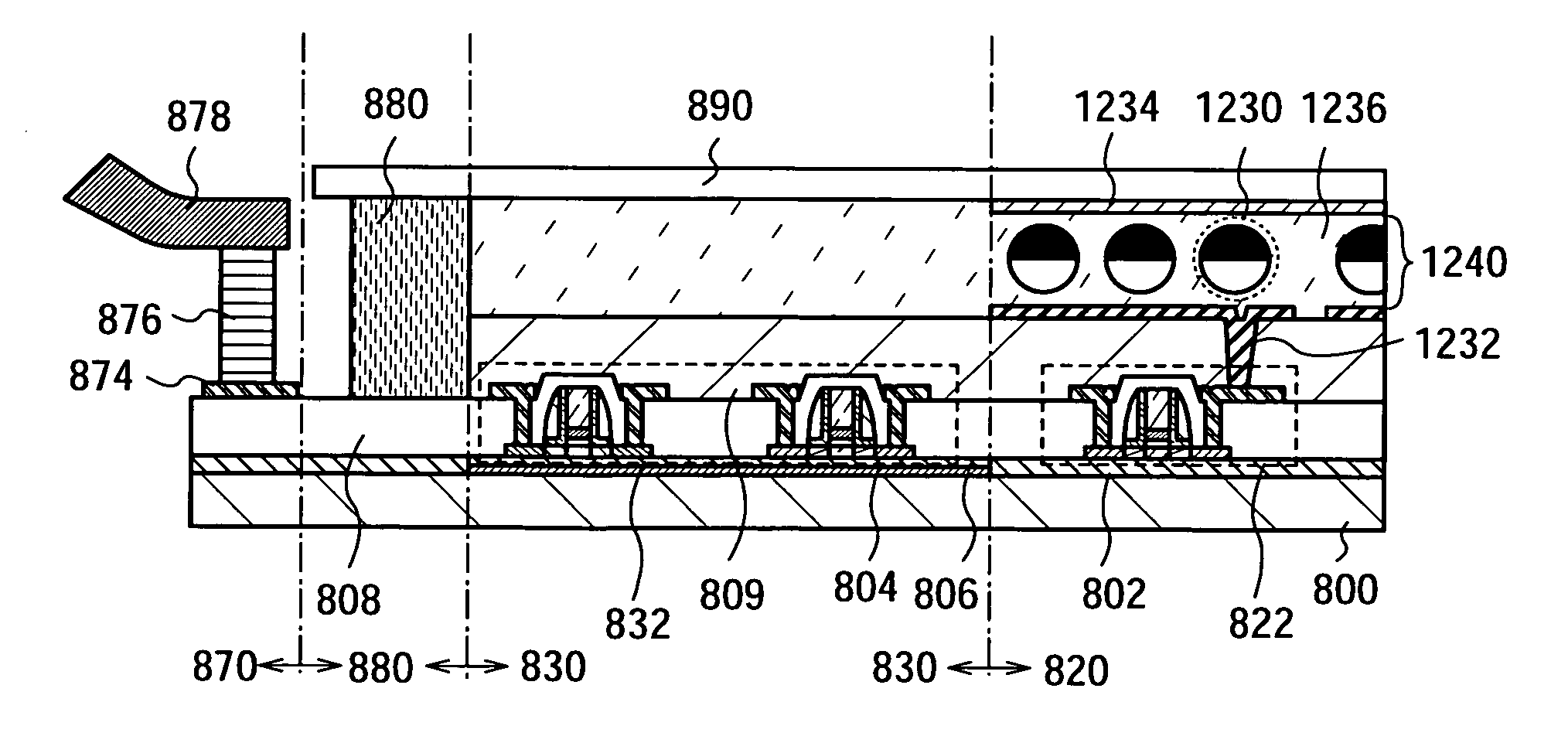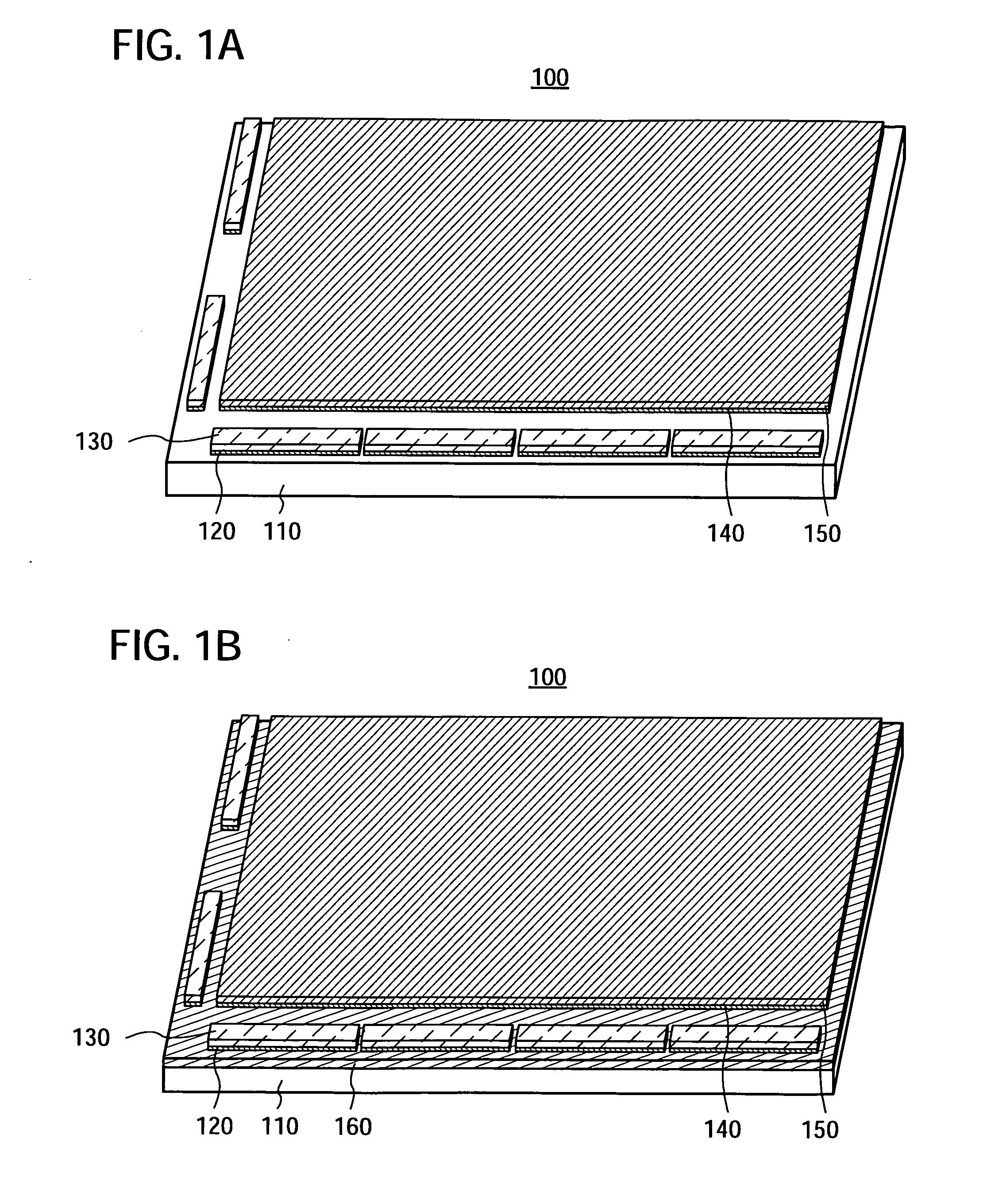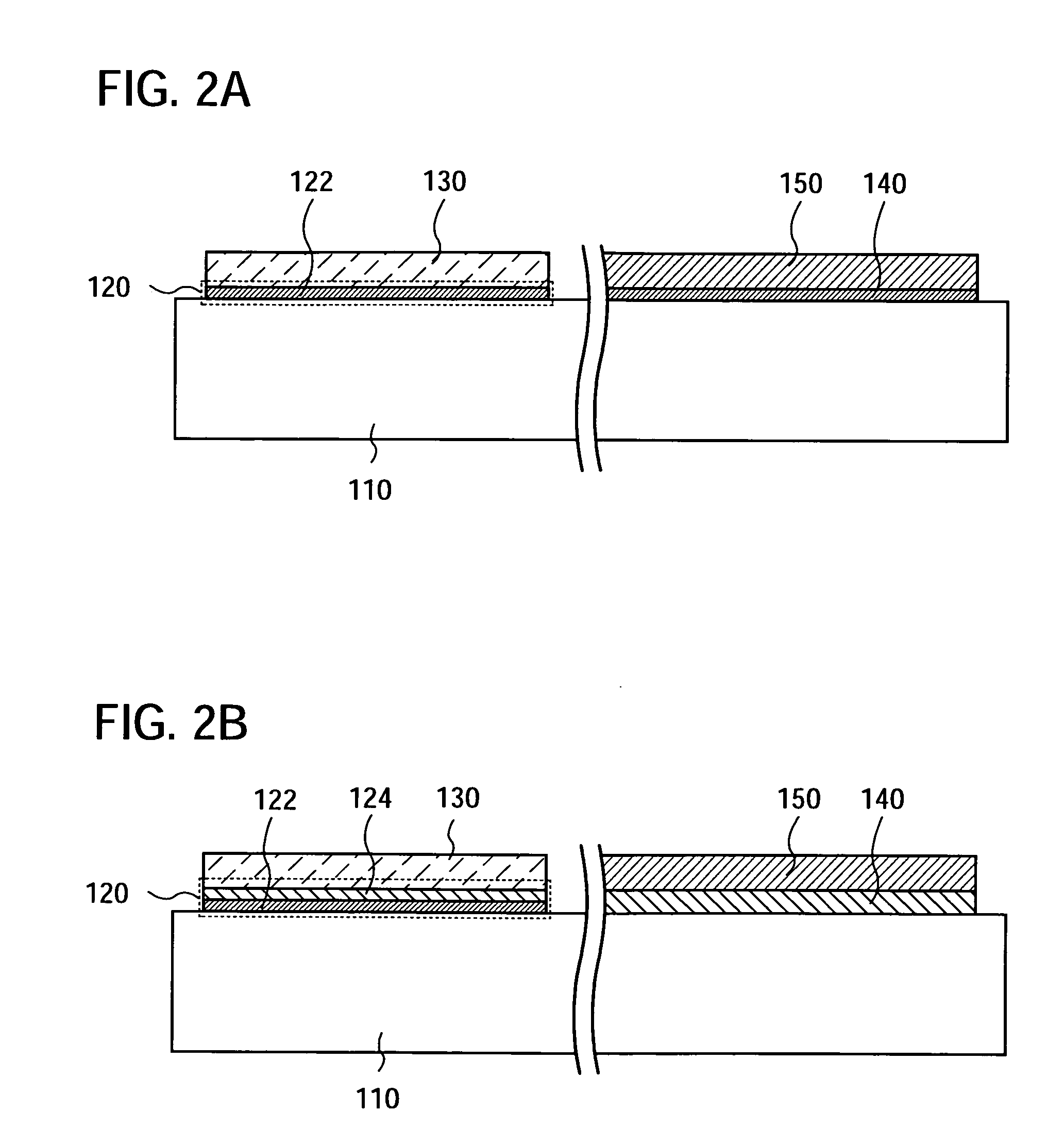Manufacturing method of semiconductor device, manufacturing method of display device, semiconductor device, display device, and electronic device
- Summary
- Abstract
- Description
- Claims
- Application Information
AI Technical Summary
Benefits of technology
Problems solved by technology
Method used
Image
Examples
embodiment mode 1
[0045]This embodiment mode will describe below a method for manufacturing a semiconductor substrate used in the present invention with reference to FIGS. 1A and 1B, FIGS. 2A and 2B, FIGS. 3A and 3B, FIGS. 4A to 4C, FIGS. 5A to 5C, FIGS. 6A to 6C, and FIGS. 7A and 7B. Note that a semiconductor substrate related to this embodiment mode is formed by transferring part thereof from a single-crystal semiconductor substrate to a different substrate (hereinafter referred to as a “base substrate”).
[0046]FIGS. 1A and 1B are each a perspective view of a semiconductor substrate used in the present invention. In addition, FIGS. 2A and 2B and FIGS. 3A and 3B are each a cross-sectional view of a semiconductor substrate used in the present invention.
[0047]In FIGS. 1A, 2A, and 2B, a semiconductor substrate 100 has a structure in which, on one surface of a base substrate 110, a plurality of stacks in each of which insulating layers 120 and single-crystal semiconductor layers 130 are sequentially stac...
embodiment mode 2
[0095]This embodiment mode will describe below a method for manufacturing a liquid crystal display device using a semiconductor substrate which is manufactured in Embodiment Mode 1 with reference to FIGS. 8A to 8C, FIGS. 9A to 9D, FIGS. 10A to 10C, and FIGS. 11A to 11C.
[0096]FIG. 8A is a top view of a liquid crystal display device. FIG. 8B is a cross-sectional view taken along line OP of FIG. 8A. FIG. 8C is a perspective view of a liquid crystal display device.
[0097]A liquid crystal display device according to this embodiment mode includes a display portion 820, a first driver circuit portion 830, and a second driver circuit portion 850 over a first substrate 800. The display portion 820, the first driver circuit portion 830, and the second driver circuit portion 850 are sealed with a sealant 880 between the first substrate 800 and a second substrate 890. Further, a terminal region 870 where an external input terminal which transmits signals from the outside to the first driver circ...
embodiment mode 3
[0152]Embodiment Mode 2 shows an example in which a display device which uses a liquid crystal display device is manufactured; however, this embodiment mode will describe another display device with reference to FIGS. 12A and 12B.
[0153]FIG. 12A illustrates an example of a display device using a light-emitting element (also referred to as a light-emitting device or an EL display device). FIG. 12B illustrates an example of a display device using an electrophoretic element (also referred to as electronic paper or an electrophoretic display device). Note that detailed description thereof is omitted because structures other than those of display elements are similar to those shown in Embodiment Mode 2.
[0154]FIG. 12A illustrates a display device using a light-emitting element 1210 instead of a liquid crystal element. Here, an example is shown in which an organic compound layer 1214 is provided between a pixel electrode (cathode) 1212 and a counter electrode (anode) 1216. The organic compo...
PUM
 Login to View More
Login to View More Abstract
Description
Claims
Application Information
 Login to View More
Login to View More - R&D
- Intellectual Property
- Life Sciences
- Materials
- Tech Scout
- Unparalleled Data Quality
- Higher Quality Content
- 60% Fewer Hallucinations
Browse by: Latest US Patents, China's latest patents, Technical Efficacy Thesaurus, Application Domain, Technology Topic, Popular Technical Reports.
© 2025 PatSnap. All rights reserved.Legal|Privacy policy|Modern Slavery Act Transparency Statement|Sitemap|About US| Contact US: help@patsnap.com



